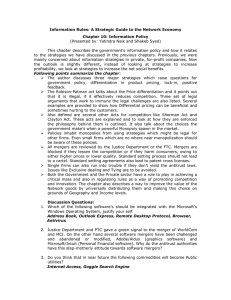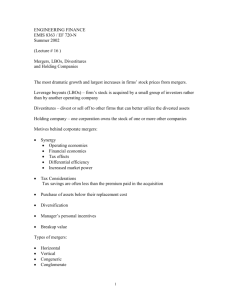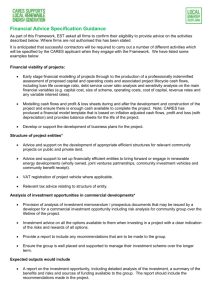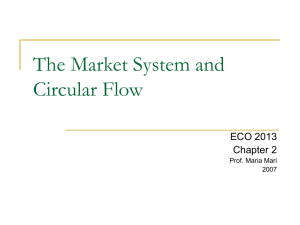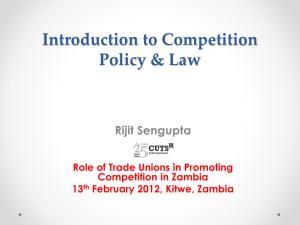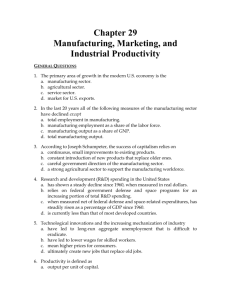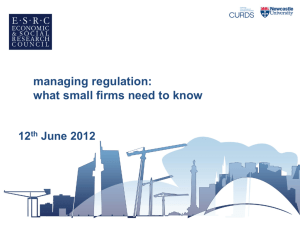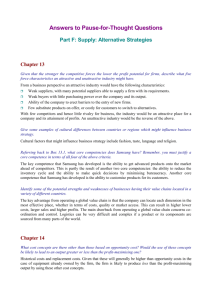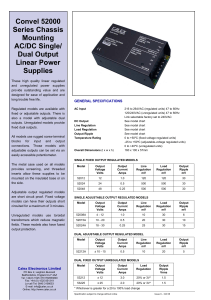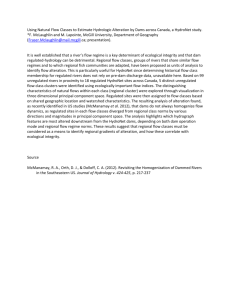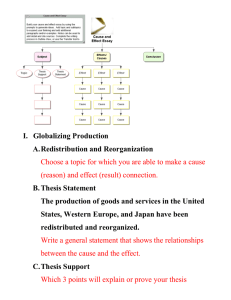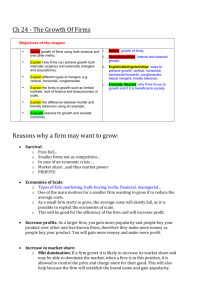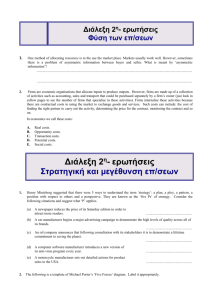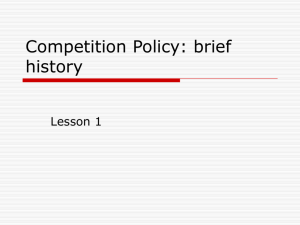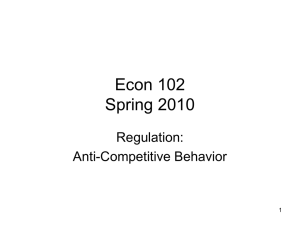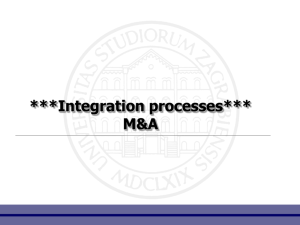Chapter 9 Market Power in the Electric and Natural Gas Industries
advertisement
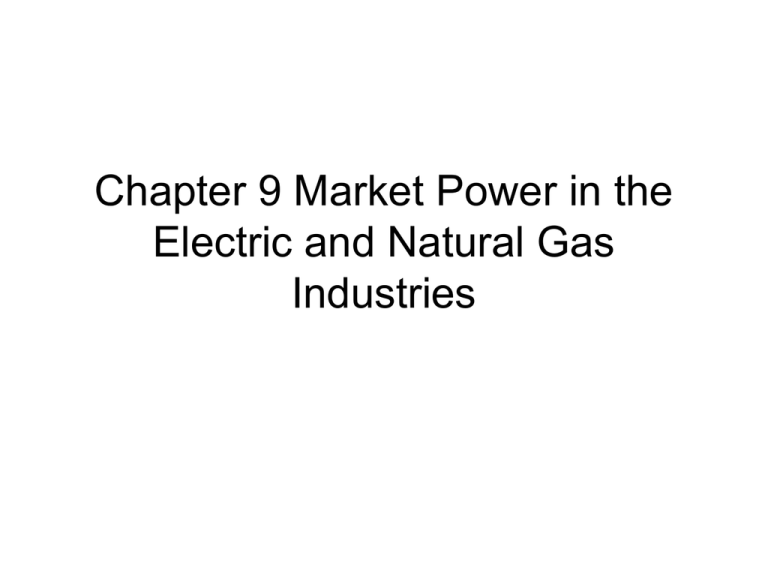
Chapter 9 Market Power in the Electric and Natural Gas Industries 9.1 Introduction • That a firm has market power simply means: it has the ability to affect market prices. • Many ISOs have full-time market monitors. • PUHCA in 2005 led to a new wave of proposed utility mergers. • On federal level, FERC has a legal mandate to ensure that rates are “just and reasonable”; that mergers and acquisitions are consistent with the public interest. • On state level, regulators concerns with market power and allocation of benefits in mergers involving out-ofstate firms. 9.2 Defining Market Power • --a firm is able to affect market prices, that is, the firm is not a price taker. • Market power does not necessarily means abnormal profits. Firms have to recover investment costs, not possible to set prices at MC. (especially in energy industry) • So some degree of market power lets developers to be able to stay in business. • Market power can also exist w/o legal violations. (differences b/w definitions of regulators and economists) • Workable Competition: ---whether the results from the market process would improve welfare relative to the regulated status quo; whether the allocation of resources is reasonably efficient; whether profits are sufficient to reward to investments made. In other words, can a deregulated market realistically provide sustainable benefits for both consumers and firms? • Why care about market power? ---distributional consequence of market power: transfers wealth from consumers to suppliers. ---market inefficiency. • Market power can not exist w/o barriers to entry. • In markets where entry is relatively easy, market power is less of a concern. Figure: Diagram of Market Power in the Electric Industry • Forms of cross-subsidization: 1) Inappropriately shifts costs from unregulated operations to regulated captive customers. More subtle ways: incorporate unregulated affiliate into the rate base, etc. When a utility uses a common pool of generation resources to serve captive customers and wholesale customers. 2) 3) Detecting Horizontal Market Power • “Structure-conduct-performance” (SCP) paradigm • Concentration prices • FREC: C1, C4 HHI pivotal supplier test delivered price test (DPT) Detecting Vertical Market Power • 1. 2. 3. Difficult to address: Many beneficial reasons to participate in vertically related markets Requires the regulation to evaluate both upstream and downstream Vertical market power is harder to measure. Consequence of vertical market power: Foreclosure of competitors in vertically related markets or costs from unregulated affiliates to regulated ones, or upstream affects downstream markets. • Plus, vertical market power is not “self-correcting”. • Structural characteristics of a market are important considerations in assessing vertical market power. 9.6 The Essential Facilities Doctrine • Both in electric and NG markets, transmission facilities can be thought of as “essential facilities”. • The Essential Facility Doctrine (EFD), 1912, US Supreme Court 1. 2. The facility must be controlled by a dominant firm. Competing firms must lack a realistic ability to reproduce the facility Access to the facility is necessary in order to compete in the related market It must be feasible to provide access to the facility 3. 4.
